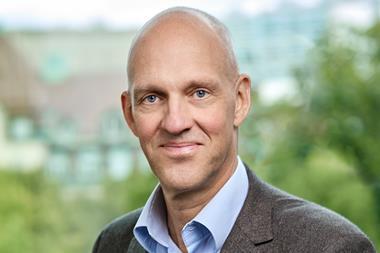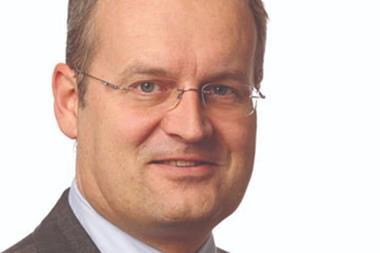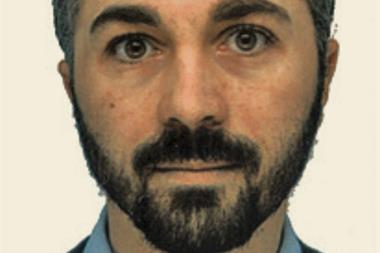The planned reform of Switzerland’s second pillar pension system has generated further debate within the chambers of the Swiss parliament, the National Council and the Council of States, regarding the wage threshold necessary to become the member of a pension fund.
The National Council wants to stick to the current annual salary of CHF22,050 (€22,300), while the Council of States intends to lower the threshold to around CHF17,000 per year to give potential members the green light to join a Pensionskasse.
The Council of States is expected to once again open debate on the bill to reform the second pillar today to smooth over differences with the National Council, and possibly approve the law at the end of the spring session.
The National Council, the lower house of the parliament, has however agreed with the upper house, the Council of States, on core elements of the reform of the second pillar system.
The two chambers of parliament are in favour of a lifelong supplement on occupational pensions to compensate 15 cohorts, the so-called transitional generation, that will see pension payments falling due to the reduction of the conversion rate used to calculate pension pay-outs (Umwandlungssatz).
Second pillar pension members who have accrued savings of CHF215,100, or less, at the time of retirement are entitled to the full amount of the occupational pension supplement, which will decrease in retirement savings between CHF215,100 and CHF430,200, according to the agreement.
The Federal Council had, instead, proposed a supplement of CHF100-200 per month for 15 years following the implementation of the reform under the so-called social partner compromise.
The compensation of second pillar pension members for the cut of pension payouts has been one of the most controversial points of discussion in the current reform plan.
Political parties in parliament broadly support lowering the conversion rate from 6.8% to 6%, therefore the proposal of the two parliamnt chambers could find a majority, but may face a referendum as in the case of the first pillar reform.
The lower and the upper chambers of parliament have also smoothed differences over on the amount of wage deduction to determine a salary insured in the second pillar – Koordinationsabzug – agreeing in principle on a fixed 80% of the salary as a benchmark to determine contributions to be paid to pension funds.
Still, different views remain on the table with regard to the details, with the Council of States favouring a 15% deduction, and the National Council 20%.
The latest digital edition of IPE’s magazine is now available


















